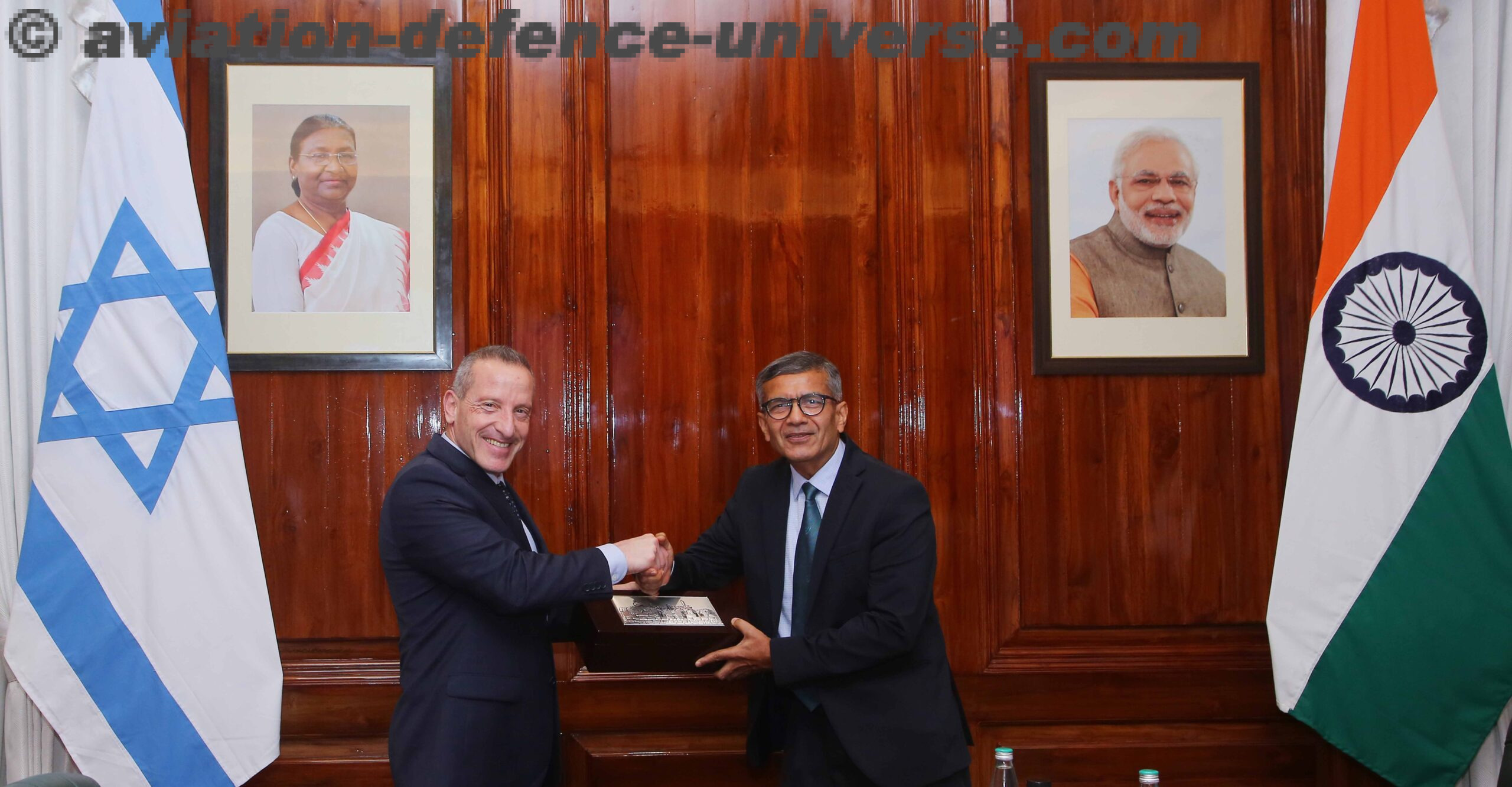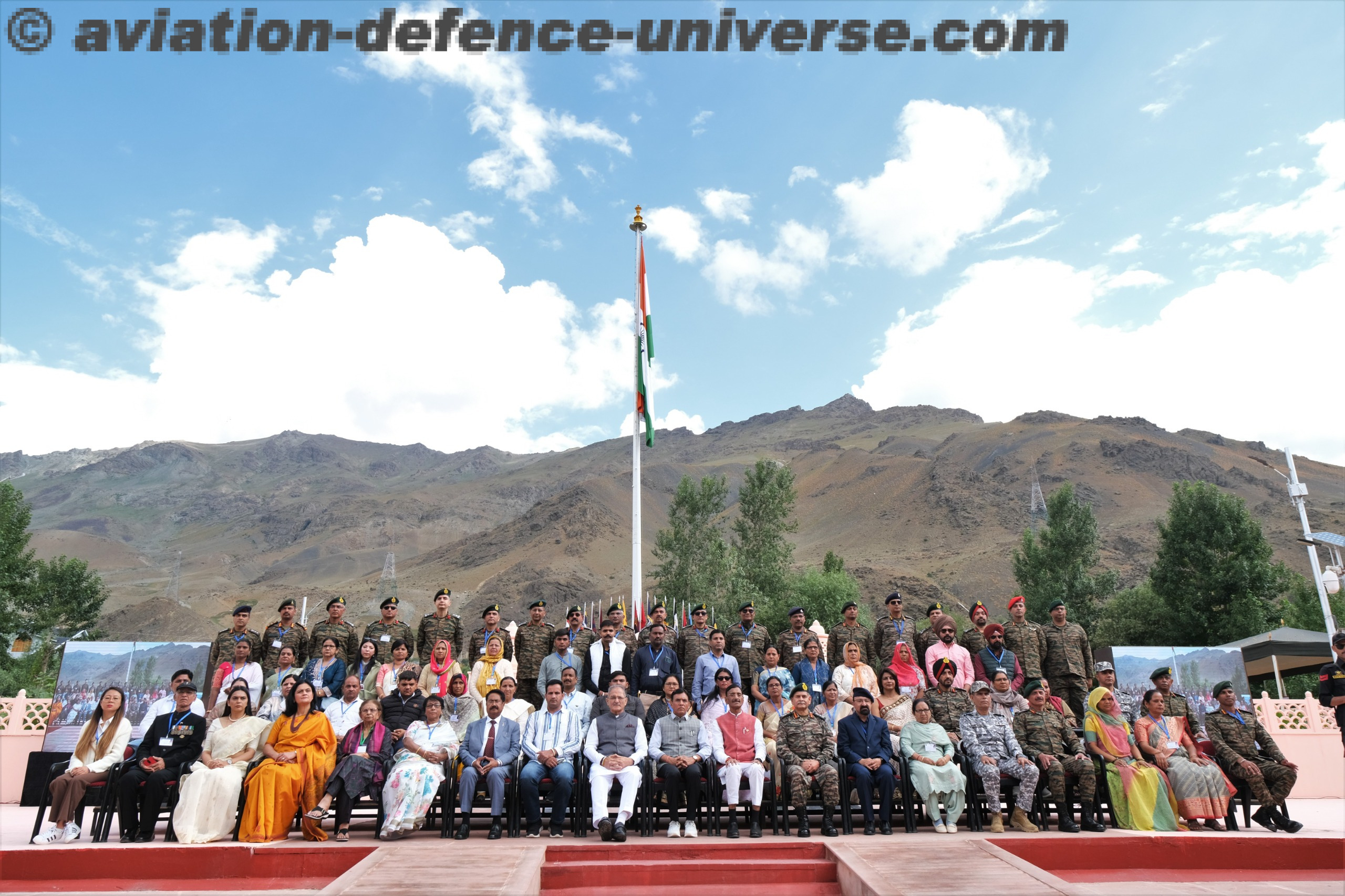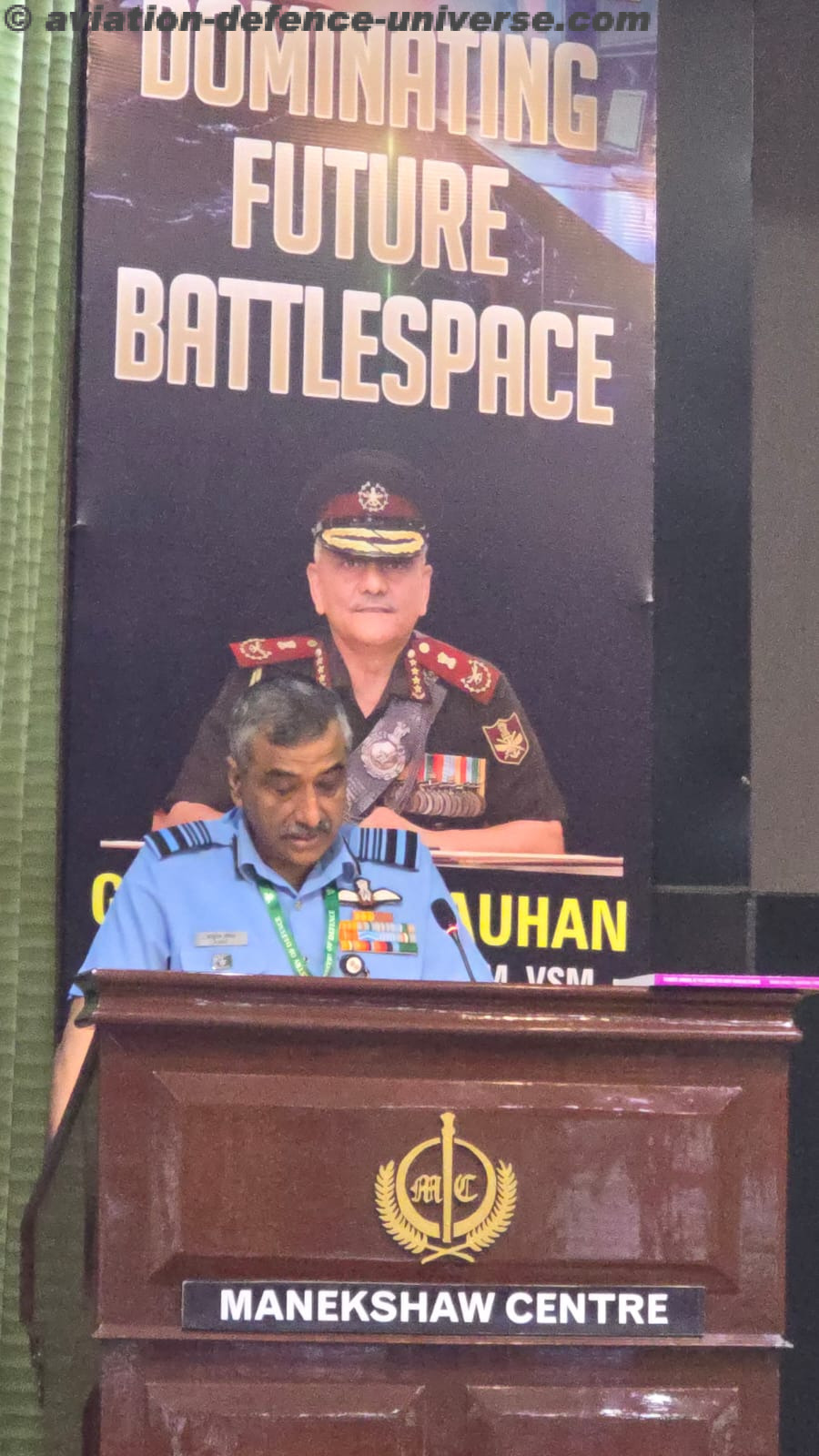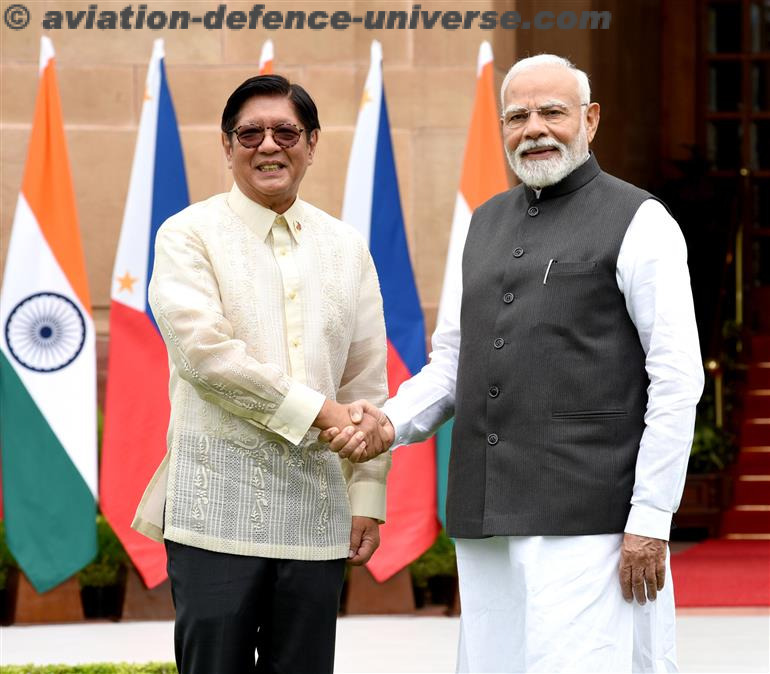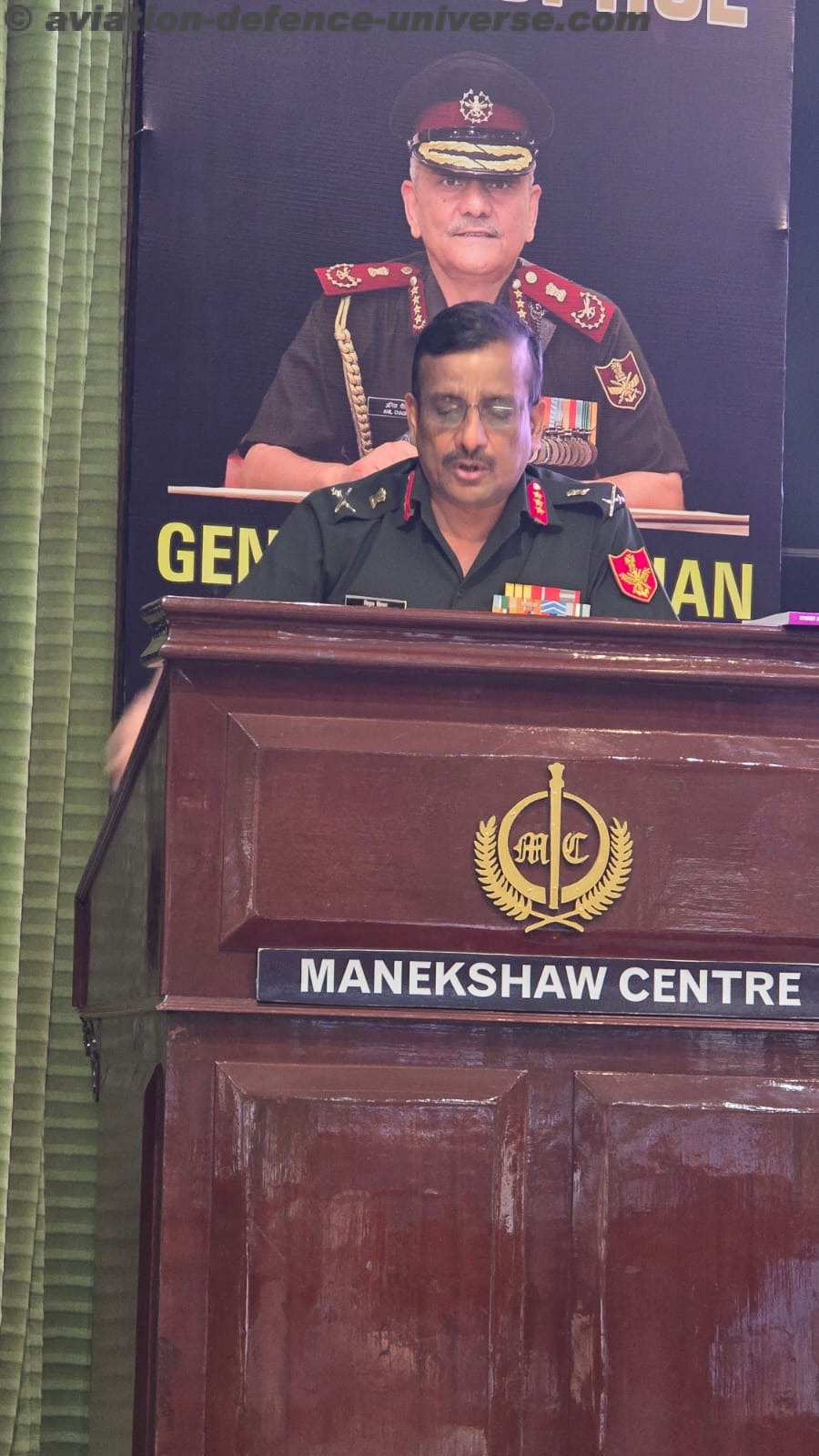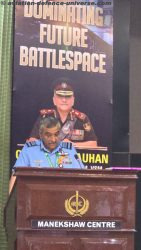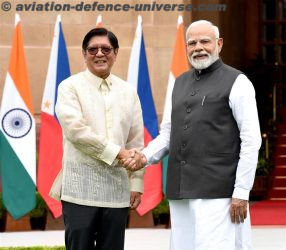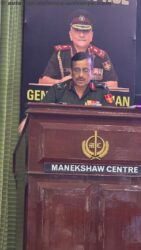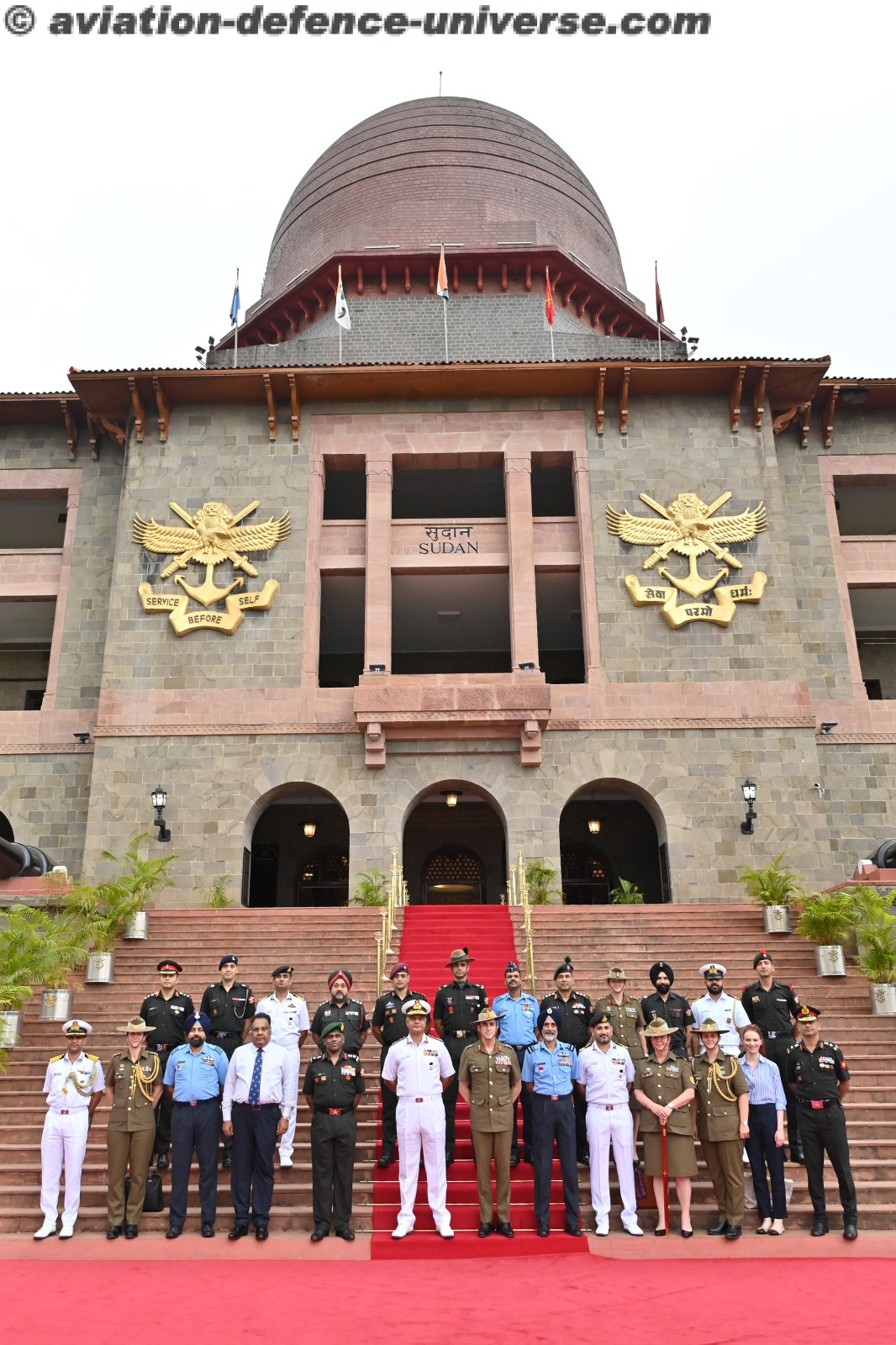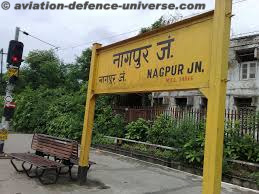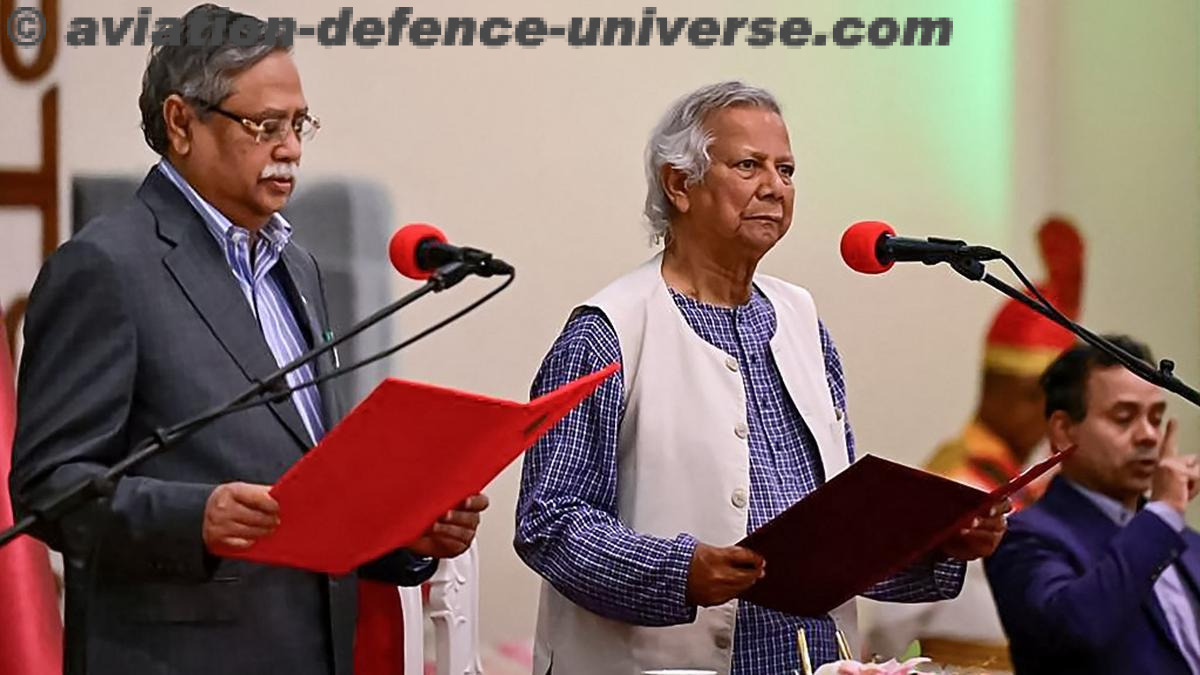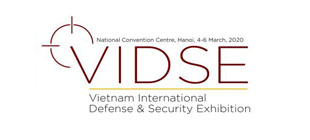- From Pahalgam to Sudarshan Chakra: The Strategic Logic of Operation Sindoor
- Pakistan’s Provocations and India’s Preparedness: Why Operation Sindoor Must Go On
By Maj Gen (Dr.) Ashok Kumar, VSM (Retired)
New Delhi. 15 August 2025. The ghastly Pahalgam attack of April 22, 2025, in which Pakistani-sponsored terrorists executed religiously motivated killings, shook the very conscience of the nation. Operation Sindoor, launched in its aftermath on May 7, 2025, was India’s decisive and punitive response, spanning across the Line of Control and targeting terror infrastructure with precision. While a ceasefire was agreed upon by May 10, India chose to continue Operation Sindoor beyond its immediate objectives. This decision was not merely retaliatory but rooted in strategic foresight, hard lessons, and the undeniable need to counter Pakistan’s persistent provocations and deepening alliances with powers like China, Turkey, and the United States. This terrorist act was one of the most deplorable acts wherein religious-based killings were done. Not only this, male members were killed in front of their wives and children.
It was natural for the entire Indian nation to rise in unison, cutting across party lines, regional affiliations, and vote bank affiliations, cementing all the existing fault lines. The political establishment also responded in a firm manner, galvanising all the efforts. Having started with nonphysical actions, India put the Indus Waters treaty in abeyance, besides other such actions. It also declared that strong punitive action will be taken against the terrorists and those who are extending support to these terrorists. Given the backdrop of 2016 and 2019 Indian strikes in response to Pakistani-sponsored terrorist attacks in J&K, there was clear writing on the wall that Pakistan would face crucial Indian strikes at a place and on a date of its own choosing.
Based on this, Pakistan mobilised all its resources, sought and got total support from China & Turkey and enhanced its preparedness from 22 April 2025 onwards, waiting for the Indian strikes. Indian strikes commenced on the early morning hours of 07 May 2025, culminating in the afternoon of 10 May 25 at 1700 hours when India accepted the ceasefire request received from Pakistan’s Director General of Military Operations.
Having agreed on the ceasefire followed by its implementation, India had the option to terminate Operation Sindoor, but it decided to continue it, and there are valid and right reasons for this, which will be covered in the succeeding paragraphs.
Some of the reasons relate to Pakistani actions for the continuance of Operation Sindoor, which are as under:-
- Non-acceptance of defeat by Pakistan, despite a decisive loss to India, wherein it suffered a loss of close to 150 soldiers and more than 100 terrorists.
- Elevating its service chief to a field Marshal’s rank which is unheard of in the history of the world anywhere when a losing country rewards its service chief.
- Established bonhomie between Pakistan, China and Turkiye against India.
- New-found friendship with US authorities personally championed by their President, who invited Asim Munir to a lunch meeting at the White House.
- Growing proximity of Pakistan with the American military leadership by honouring them selectively.
- Second visit of Asim Munir to the USA, from whose soil he launched nuclear threats against India and half of the world. Asim did not invite any adverse reaction from the US, whereas the same US bombarded Iran in the guise of nuclearisation of its capabilities, which were yet not mature. Here was Asim Munir getting scot-free by the US despite Pakistan possessing nuclear weapons.
- Renewed threat by Pakistan to use nuclear weapons against India should India decide to go ahead with the construction of dams on the Indus Water rivers to channelise the water.
- Continued support to terrorism across the Line of Control despite India’s open declaration that terrorists and their supporters will not be seen through a different lens.
- Announcement of Pakistan to create a Rocket Missile Force with a clear statement of shrinking the conventional war fighting below the nuclear threshold.
- Lobbying with US to have the Balochistan Liberation Army (BLA) declared as a terrorist organisation, trying to subvert the independence movement of the Balochi people.
- Continued preparation for future conflicts with India.
In addition to the Pakistani reasons, India has its own reasons for the continuance of Operation Sindoor, some of which could be as under:
- Though Union Book was not activated as aim of Operation Sindoor was the destruction of terrorists and their infrastructure without any intent of escalation. It is beside the point that India attacked military targets as well when Pakistan attacked Indian Military and Civil establishments. Continuance of Operation Sindoor provides an enhanced level of alertness to the Indian defence forces, rather than starting from the initial stage, should Pakistan not conduct itself as expected and harm the Indian interests.
- There are certain important lessons learnt by India from Op Sindoor. The best improvements are possible when Operation Sindoor continues.
- India has declared that any act of terrorism constitutes an act of war. Such a political declaration needs a high degree of alertness and preparation on the part of Indian military. Creation of required organisations are smoother when Op Sindoor is continuing.
- While DAP 2020 is under revision to fast-track the process, but large number of technologically intensive procurements are now needed in a time-sensitive manner. In such a situation, emergency procurement procedures assist a lot, which is more possible when Operation Sindoor continues.
- COAS has announced on Vijay Diwas (26 July 2025) the raising of multiple new organisations in the form of Rudra Brigades, Bhairav Light Commando Battalions, Shaktibaan Artillery Regiments and the infusion of drone platoons in Infantry battalions. It is imperative that these organisations are made fully operational during the continuation of Operation Sindoor.
- PM announced a comprehensive Indian Air Defence system named Sudarshan Chakra on 15 Aug 25. This is intended to be superior to the Iron Dome system of Israel and the recently announced Golden Dome system of the USA. Sudarshan Chakra will be an anti-missile defence system to be indigenously built in India. Such major initiatives get better traction when Operation Sindoor continues.
Operation Sindoor finds an unparalleled resonance in the minds of the Indian populace. Given the rogue behaviour of Pakistan as a nation state and the need of Indian defence forces to remain future-ready, continuance of Operation Sindoor is an inescapable necessity. Operation Sindoor has become more than a military campaign—it is a long-term posture of preparedness, deterrence, and national resolve. By continuing the operation, India signals to both its adversaries and its citizens that terrorism will be treated as an act of war, and that the defence forces will remain ever-ready to safeguard sovereignty.
With the infusion of new formations like Rudra Brigades and Bhairav Battalions, the unveiling of indigenous defence systems like Sudarshan Chakra, and lessons learnt in high-intensity operations, India is shaping its armed forces for the future. In the context of Pakistan’s unrelenting hostility and geopolitical maneuvering, the continuation of Operation Sindoor is not just a choice—it is a necessity for national security and regional stability.
(Maj Gen Ashok Kumar, VSM (Retd) is Director General Centre for Joint Warfare Studies (CENJOWS), a Kargil war veteran and a defence analyst. He specialises on neighbouring countries with special focus on China. The views in the article are solely the author’s. He can be contacted at editor.adu@gmail.com).















